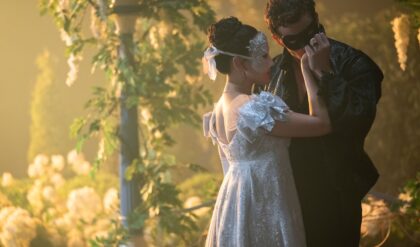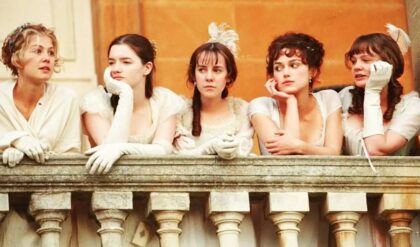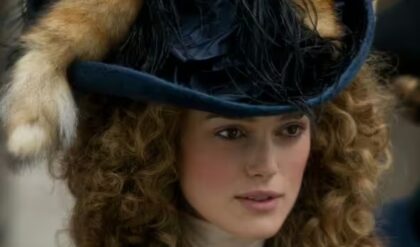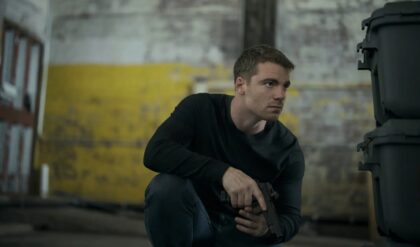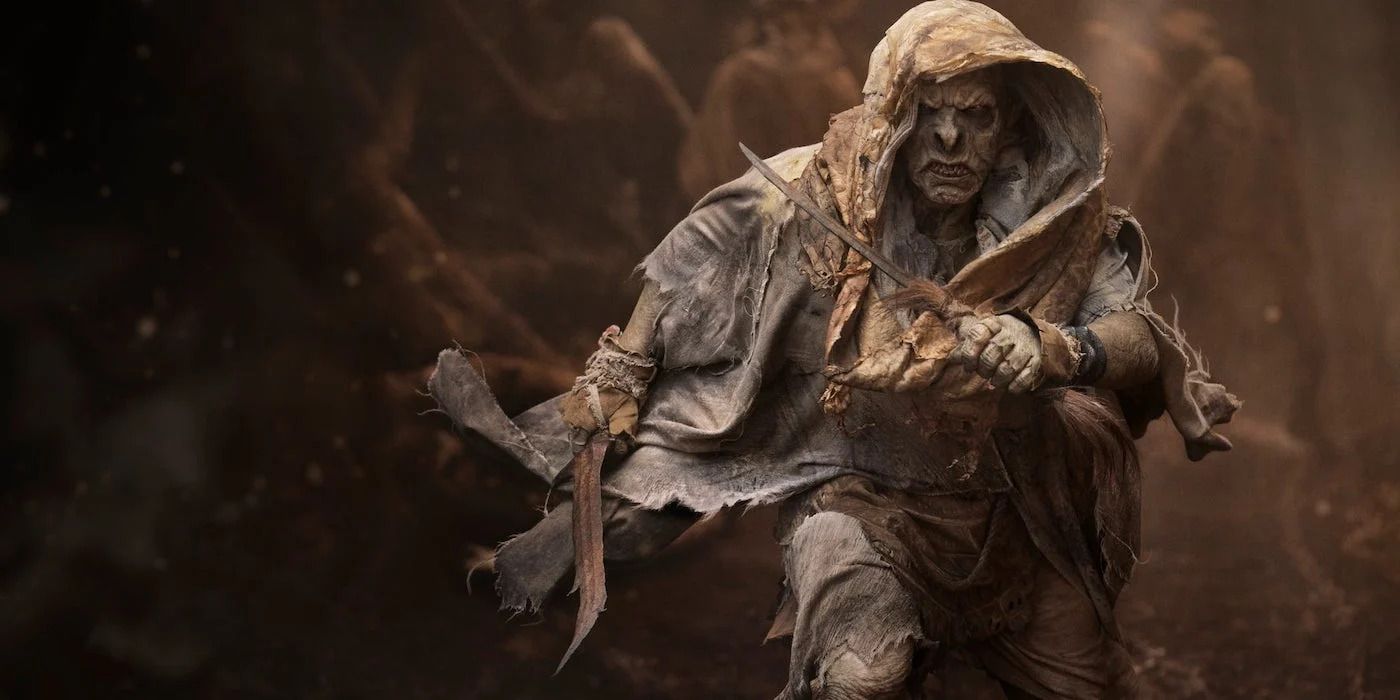
Although set several millennia before Frodo’s perilous journey to Mount Doom, The Rings of Power will boast several familiar characters, albeit at a younger age. This includes the Elven Queen Galadriel (Morfydd Clark), Elven politician Elrond (Robert Aramayo), and the doomed human warrior Isildur (Maxim Baldry). As well as this, audiences will be reintroduced to a variety of different races which are also featured in Jackson’s trilogy, from Dwarves to Hobbits. However, this also includes the malevolent race known as Orcs, which were instrumental in Sauron’s attempt to rule Middle Earth in The Lord of the Rings. While the Orcs have been redesigned for The Rings of Power, it’s been confirmed that they play as pivotal a role in the events of the new series as they did in the original film trilogy.
Now, Weber and Wilson have provided a little more detail on how they approached getting the followers of Sauron back on screen. Speaking on the design of the Orcs with IGN, the pair discuss the importance of making the creatures as practical as possible, using only a limited amount of CGI. Wilson even cites the fact that “the human eye is getting better and better” at recognizing when something is computer-generated and when it’s not as a factor in their decision.
Weber: When they are up close to the camera, Orcs are really practical and almost exclusively. And the places where the visual effects team help we’re in more numbers when we need larger quantities than you could amass on a film set anywhere in the world. That’s what they sort of, when they come in and do some of, work their magic. We did a lot of planning so that we knew in advance which performers would be closest to camera and they looked fast and then as you get further back, they had simpler applications in some cases to allow for those things because it was so important to us to have them all be as in camera as they could be to get everyone in the mood and make it feel real as we were shooting.
Wilson: We did decide from the outset that we would try and make this a very real show. So therefore, we tried to use real prosthetics and everything and minimize the visual effects, because there are hundreds of productions that are heavy on visual effects, and you can see it, that the human eye is getting better and better and knows what is real and knows what isn’t, because we are just getting so deloused with all this product that you begin to know.
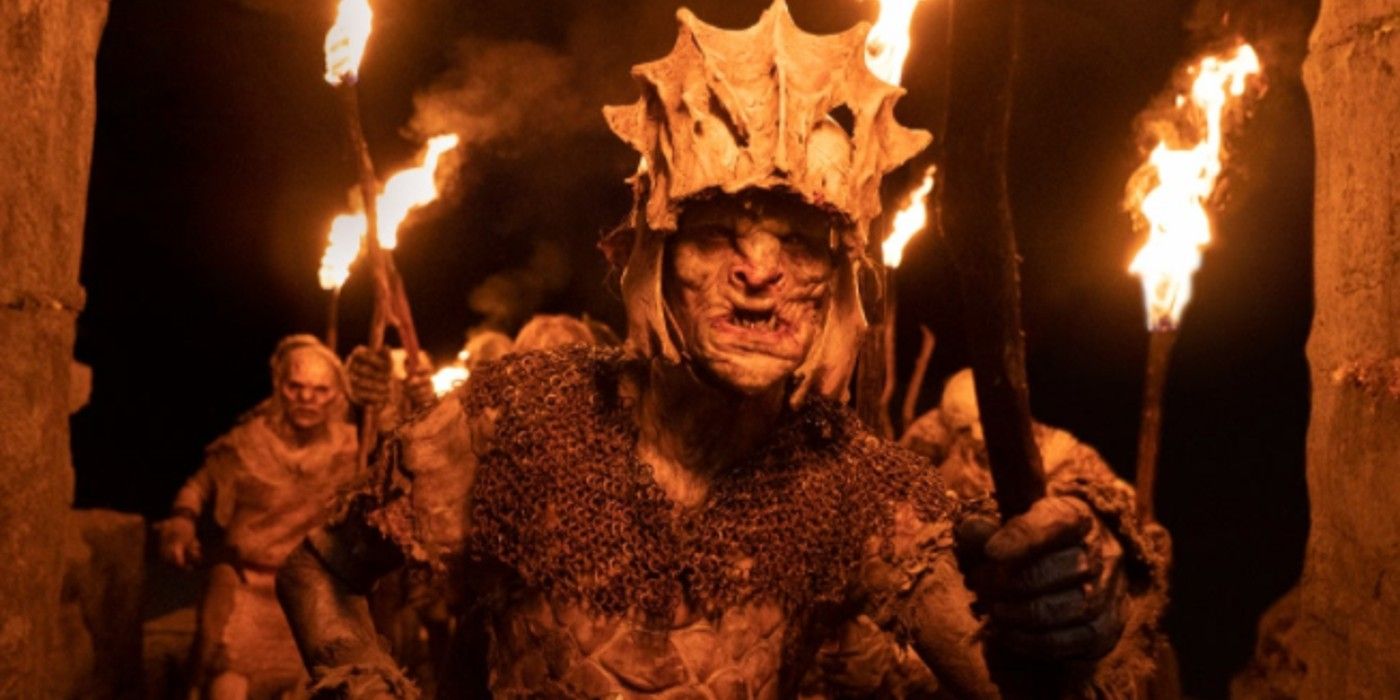
The choice to have the Orcs almost be entirely practical, except when in “larger quantities“, certainly harks back to the Jackson’s Lord of the Rings films, which took a similar approach. This is not surprising given that the design of The Rings of Power has been largely inspired by the look of the award-winning trilogy and is generally thought to be set within the same continuity as the movies, despite some differences. But as Jackson later decided to have virtually all of the Orcs in The Hobbit trilogy appear as motion-capture/CGI characters, this also marks a notable return to the original design choices of the race in order to create “a very real show.”
With some fans feeling slightly apprehensive about a couple of the changes and creative decisions being made over The Rings of Power, many will no doubt find solace in the fact that the production team has taken things back to basics in having a more practical approach to presenting the Orcs on-screen, as was done in Jackson’s trilogy. The general move back towards practical effects in both movies and TV series over the last few years has generally proven to be very popular with audiences as a whole, and it seems that those at Amazon Prime are aware of this. But with just over two months until The Rings of Power premieres, fans will unquestionably be keen to see more of these practical Orcs for themselves.
